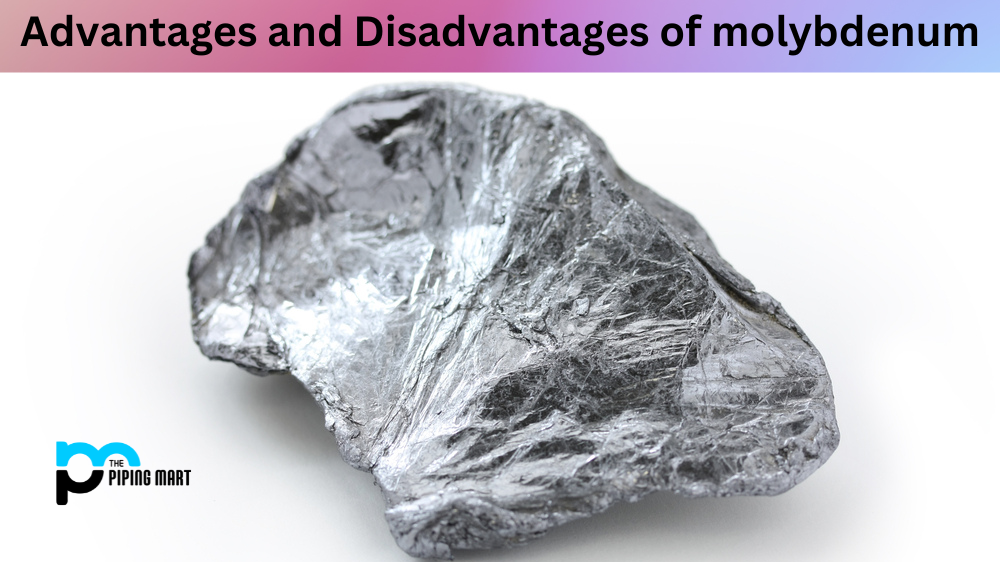Joining aluminum without welding is a common practice in many industries. From aerospace to automotive, fabrication, and even art, joining aluminium without welding is necessary for many applications. It’s a relatively straightforward process that requires minimal tools and expertise. Let’s take a look at how to join aluminum without welding.
The most common method for joining aluminium without welding is fastening with mechanical fasteners such as screws, bolts, or rivets. Mechanical fasteners are the most popular joining method because they are relatively easy to install and do not require specialized tools or knowledge. Mechanical fasteners can join two pieces of aluminum together in a permanent or non-permanent connection. When using mechanical fasteners, selecting the appropriate size and type of fastener is important based on the thickness and strength of the material being joined. The wrong type or size of fastener can cause damage to the material or weaken its strength.
Another standard method for joining aluminium without welding is adhesives and sealants. Adhesives and sealants are generally easier to use than mechanical fasteners since no special tools are required. They also provide greater flexibility when working with different materials since they can be used on several other surfaces, including plastic, wood, and metal. Adhesives and sealants also have the advantage of being able to bond two dissimilar materials together that would not normally fuse through heat or cold pressure processes as welding does; this makes them ideal for applications where two different fabrics need to be bonded together permanently, such as anodized aluminum window frames with rubber gaskets between them for insulation purposes.
Finally, brazing can be used as an alternative method for joining aluminium without welding if more strength is needed than what adhesives or mechanical fasteners can provide. Brazing involves melting a filler material (such as brass) between two metals that have been heated up separately until they reach their melting points; once cooled, this creates a strong bond between the two pieces of metal with greater strength than either adhesive-based or mechanical joint could provide alone. However, brazing requires specialized tools such as torches, which may not be feasible for some applications due to cost considerations.
Conclusion:
Joining aluminum without welding has become increasingly popular in many industries due to its relative ease of use compared to traditional welding techniques and its ability to effectively bond dissimilar materials into one strong unit. Whether you choose screws, bolts, rivets, adhesives, or sealants, all offer potential solutions depending on your application needs but knowing which option is best can often require additional research into each option before making your final selection based on cost-effectiveness, ease of installation, strength requirements and other factors unique to your particular application needs. This guide has given you some insight into what options are available when it comes time for you to join aluminum without welding!

A passionate metal industry expert and blogger. With over 5 years of experience in the field, Palak brings a wealth of knowledge and insight to her writing. Whether discussing the latest trends in the metal industry or sharing tips, she is dedicated to helping others succeed in the metal industry.




